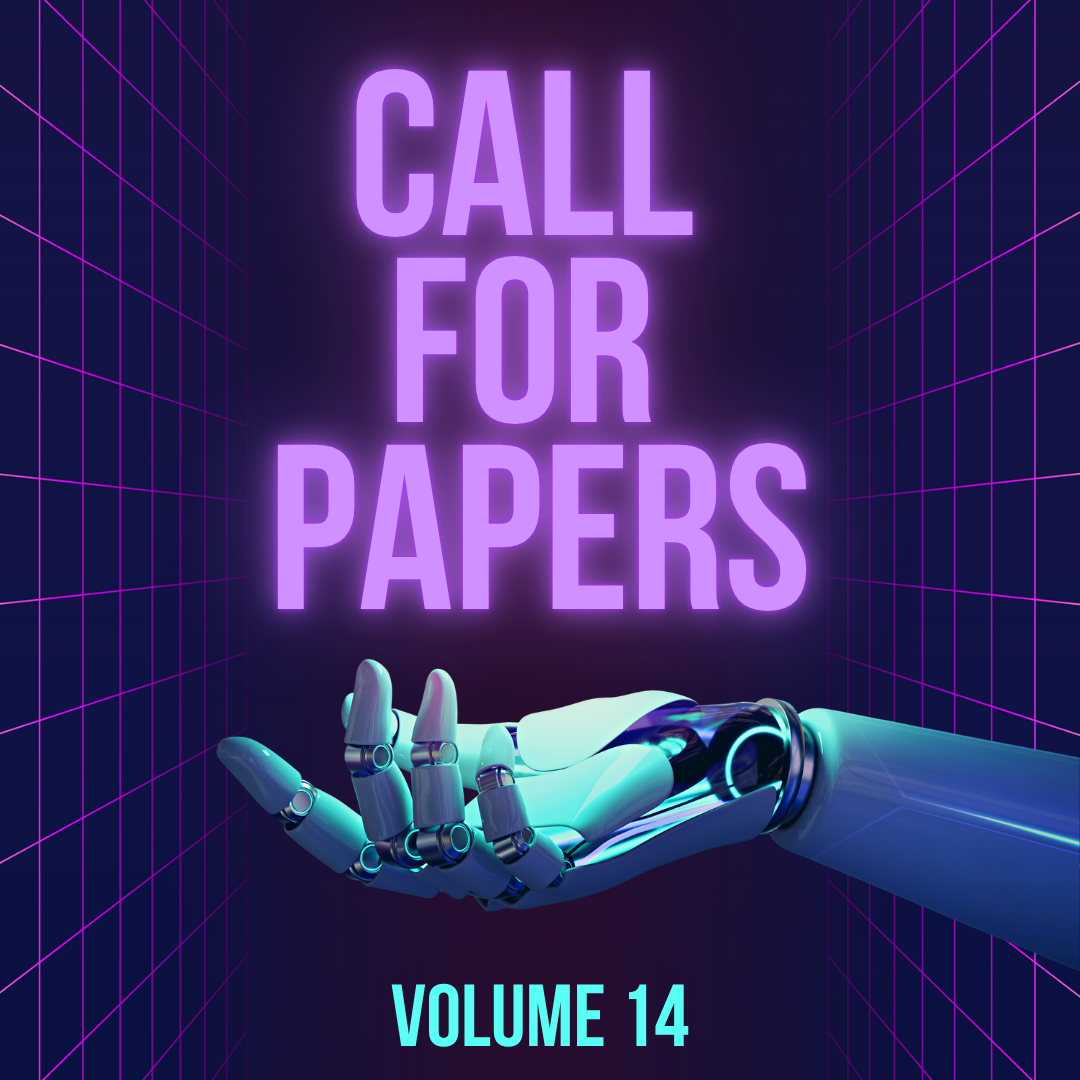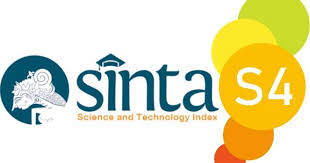Identification of Stunting Disease using Anthropometry Data and Long Short-Term Memory (LSTM) Model
Keywords:
Classification, LSTM, Long Short-Term Memory, Stunting, SMOTEAbstract
Children with unbalanced nutrition are currently crucial health issues and under the spotlight around the world. One of the terms for malnourished children is stunting. Stunting is a disease of malnutrition found in children aged under 5 years; as many as 70% of stunting sufferers are children aged 0-23 months. There are several ways to diagnose stunting, one of which is using stunting anthropometry. Stunting anthropometry can measure the physique of children so that some of the features that characterize the presence of stunting can be identified. Features resulted from the stunting anthropometry cover age, height, weight, gender, upper arm circumference, head size, chest circumference, and hip fat measurement. The process of identifying stunting can be simplified using an intelligent system called the Computer-Aided Diagnosis (CAD) system. CAD system contains 2 main processes, namely preprocessing and classification. Preprocessing includes normalization and augmentation of data using the SMOTE method. The classification process in this study uses the LSTM method. LSTM is a modification of the Recurrent Neural Network (RNN) method by adding a memory cell so that it can store memory data for a long time and in large quantities. The results of this study compare between the results of models that apply preprocessing and the one without preprocessing. The model that only uses LSTM has the best accuracy of 78.35%; the model with normalization produces an accuracy of 81.53%; the model that uses SMOTE produces an accuracy of 81.66%; and the model that uses normalization and SMOTE produces the best accuracy of 85.79%.



